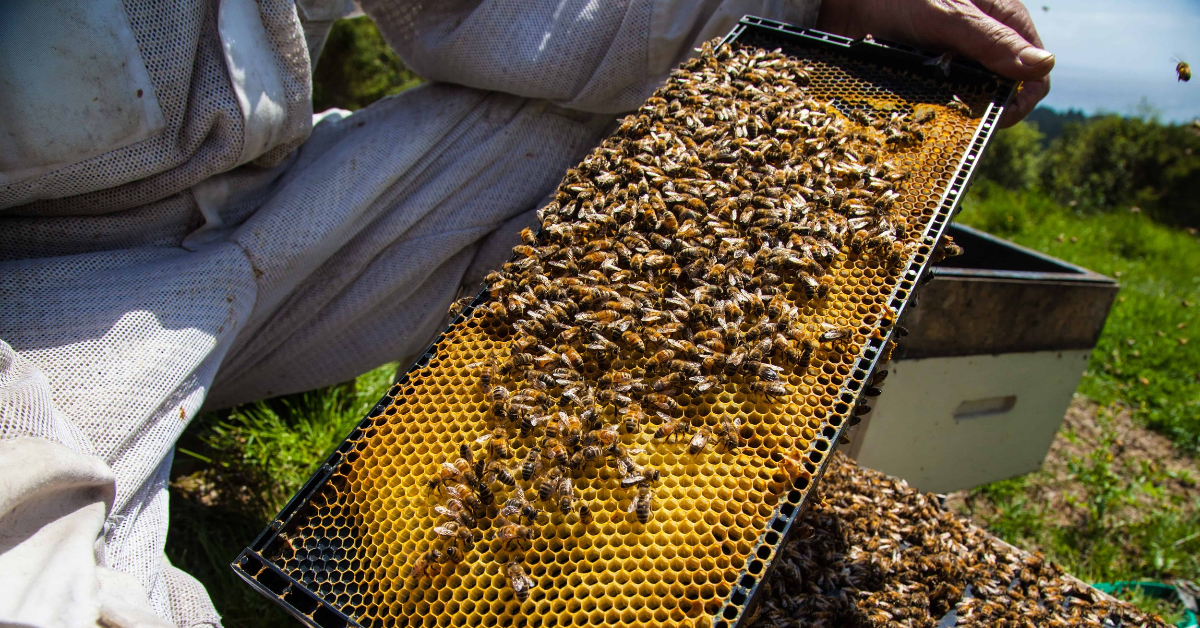The most valuable component in Mānuka honey is Methylglyoxal (MGO) which is a naturally occurring chemical compound that is found in New Zealand Mānuka honey. It is found in other types of honey, but usually only in small quantities. The higher the MGO levels the more expensive the honey is.
The leptospermum scoparium, also called tea tree of Mānuka tree grows uncultivated throughout the New Zealand landscape. Due to the difficulties of finding high-density Mānuka trees in nature the supply of high-grade Mānuka honey is low and the worldwide demand is high. MGO in these quantities is unique to honey from the Mānuka flowers. It has beneficial properties that are known around the world and has been used by Māori people of Aotearoa for centuries.
For centuries, honey has been known to have good properties, and has been used to treat a variety of ailments. Certain honeys derived from the New Zealand Manuka tree (Leptospermum scoparium) have more MGO in comparison to other honeys which makes them more expensive due to the consumer demand around the world for these products. In 2006, scientists in Germany published research showing that Manuka honey had the presence of the compound Methylglyoxal (MG). The presence of MG levels in New Zealand Manuka honey was further demonstrated by researchers at Waikato University in a paper that they published in 2008.
In Mānuka honey, MGO forms during the maturation of our honey from the conversion of another compound dihydroxyacetone (DHA). It's the magic component that is mostly found in the nectar of Mānuka flowers.



